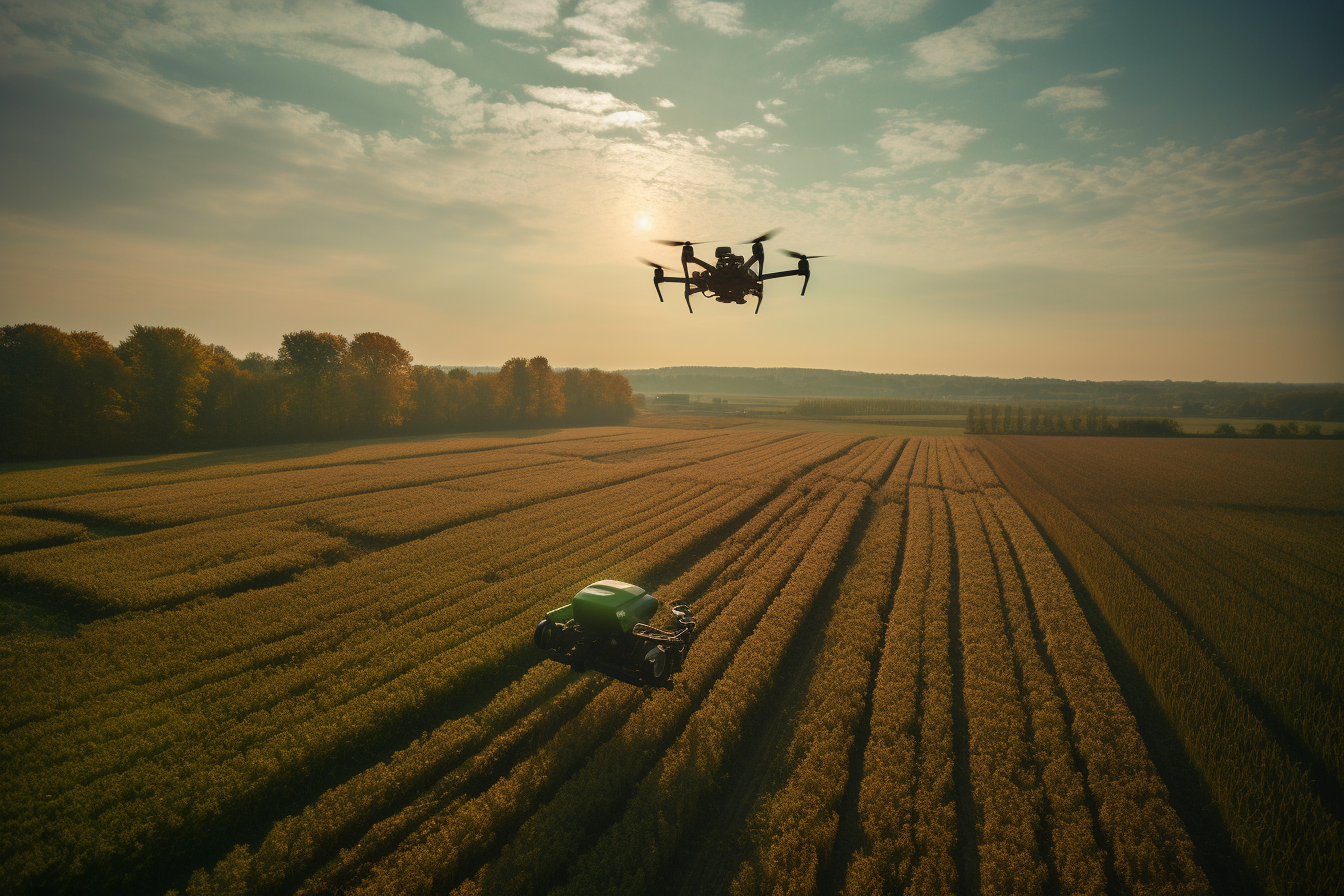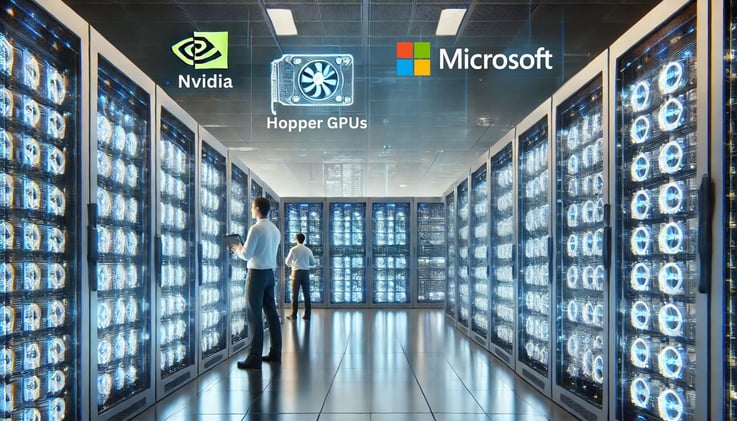Hello, tech enthusiasts! Emily here, coming to you from the heart of New Jersey, the land of innovation and, of course, mouth-watering bagels. Today, we’re diving headfirst into the fascinating world of 3D avatar generation. Buckle up, because we’re about to explore a groundbreaking research paper that’s causing quite a stir in the AI community: ‘StyleAvatar3D: Leveraging Image-Text Diffusion Models for High-Fidelity 3D Avatar Generation’.
II. The Magic Behind 3D Avatar Generation
Before we delve into the nitty-gritty of StyleAvatar3D, let’s take a moment to appreciate the magic of 3D avatar generation. Imagine being able to create a digital version of yourself, down to the last detail, all within the confines of your computer. Sounds like something out of a sci-fi movie, right? Well, thanks to the wonders of AI, this is becoming our reality.
III. Unveiling StyleAvatar3D
StyleAvatar3D is a novel method that’s pushing the boundaries of what’s possible in 3D avatar generation. It’s like the master chef of the AI world, blending together pre-trained image-text diffusion models and a Generative Adversarial Network (GAN)-based 3D generation network to whip up some seriously impressive avatars.
What sets StyleAvatar3D apart is its ability to generate multi-view images of avatars in various styles, all thanks to the comprehensive priors of appearance and geometry offered by image-text diffusion models. It’s like having a digital fashion show, with avatars strutting their stuff in a multitude of styles.
IV. The Secret Sauce: Pose Extraction and View-Specific Prompts
Now, let’s talk about the secret sauce that makes StyleAvatar3D so effective. During data generation, the team behind StyleAvatar3D employs poses extracted from existing 3D models to guide the generation of multi-view images. It’s like having a blueprint to follow, ensuring that the avatars are as realistic as possible.
But what happens when there’s a misalignment between poses and images in the data? That’s where view-specific prompts come in. These prompts, along with a coarse-to-fine discriminator for GAN training, help to address this issue, ensuring that the avatars generated are as accurate and detailed as possible.
V. Diving Deeper: Attribute-Related Prompts and Latent Diffusion Model
Welcome back, tech aficionados! Emily here, fresh from my bagel break and ready to delve deeper into the captivating world of StyleAvatar3D. Now, where were we? Ah, yes, attribute-related prompts.
In their quest to increase the diversity of the generated avatars, the team behind StyleAvatar3D didn’t stop at view-specific prompts. They also explored attribute-related prompts, adding another layer of complexity and customization to the avatar generation process. It’s like having a digital wardrobe at your disposal, allowing you to change your avatar’s appearance at the drop of a hat.
But the innovation doesn’t stop there. The team also developed a latent diffusion model within the style space of StyleGAN. This model enables the generation of avatars based on image inputs, further expanding the possibilities for avatar customization. It’s like having a digital makeup artist, ready to transform your avatar based on your latest selfie.
VI. StyleAvatar3D: A Game-Changer in 3D Avatar Generation
So, what does all this mean for the future of 3D avatar generation? In a word: revolution. StyleAvatar3D is demonstrating superior performance over current state-of-the-art methods in terms of generating high-quality, stylized 3D avatars.
VII. Conclusion and Future Directions
The future of 3D avatar generation is here, and it’s nothing short of exciting. With the rise of image-text diffusion models and GANs, we’re witnessing a new era of creativity and innovation in AI. From creating realistic digital humans to pushing the boundaries of what’s possible with avatars, StyleAvatar3D is at the forefront of this revolution.
In conclusion, StyleAvatar3D has shown us that the future of 3D avatar generation is not just about creating realistic images but also about enabling new forms of creativity and interaction. As we continue to push the boundaries of what’s possible with AI, we can only imagine the exciting possibilities that lie ahead.
- Authors: Chi Zhang, Yiwen Chen, Yijun Fu, Zhenglin Zhou, Gang Yu1,Zhibin Wang, Bin Fu, Tao Chen, Guosheng Lin, Chunhua Shen
- Paper Link: https://arxiv.org/abs/2305.19012
- PDF: https://arxiv.org/pdf/2305.19012v1.pdf



